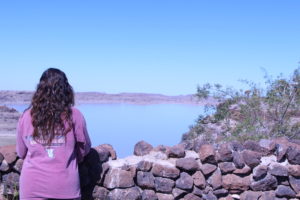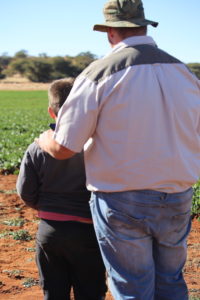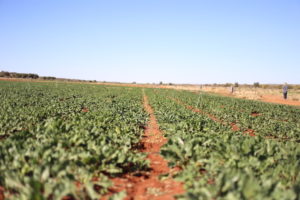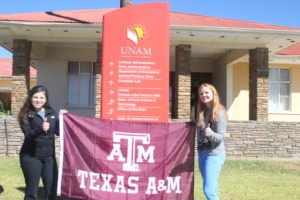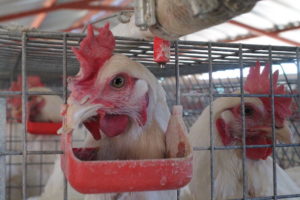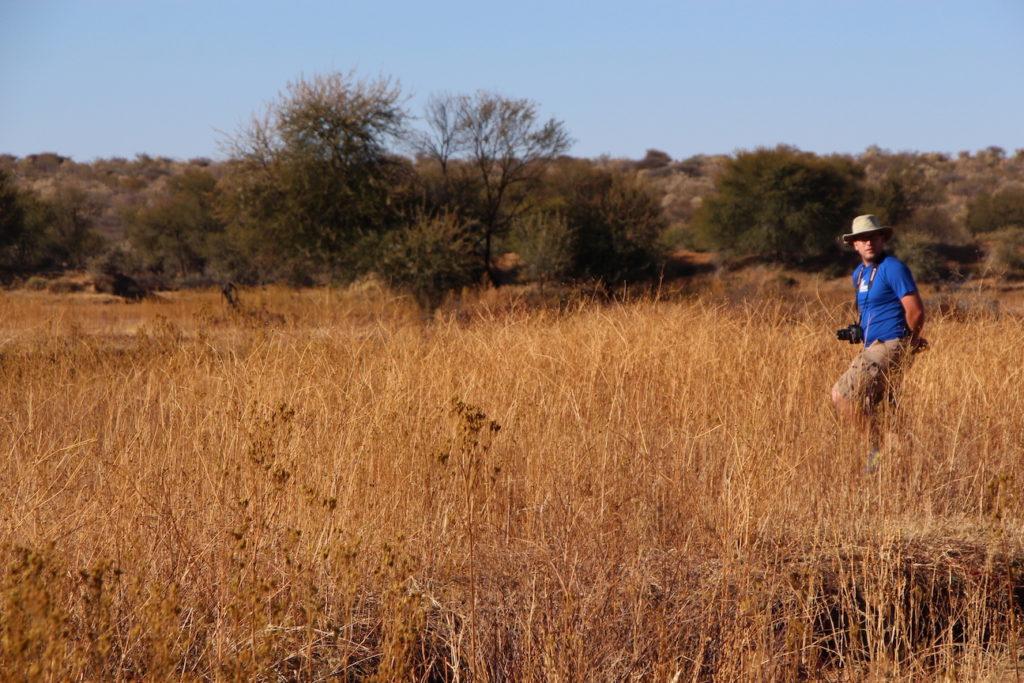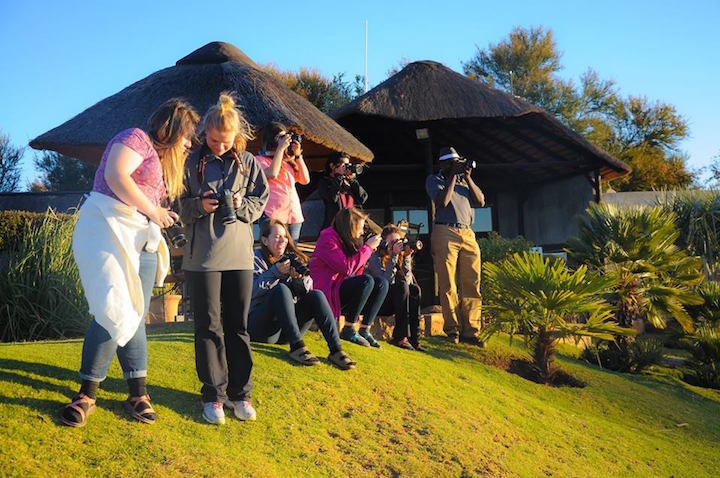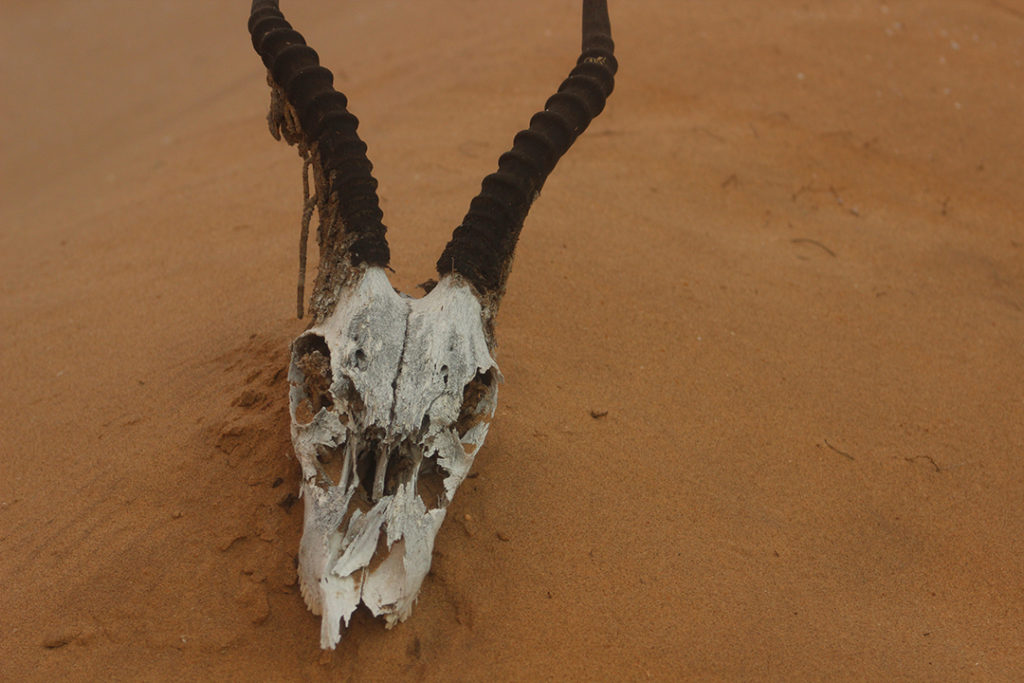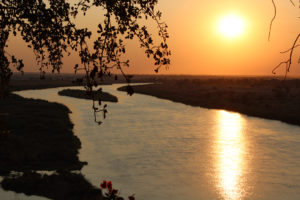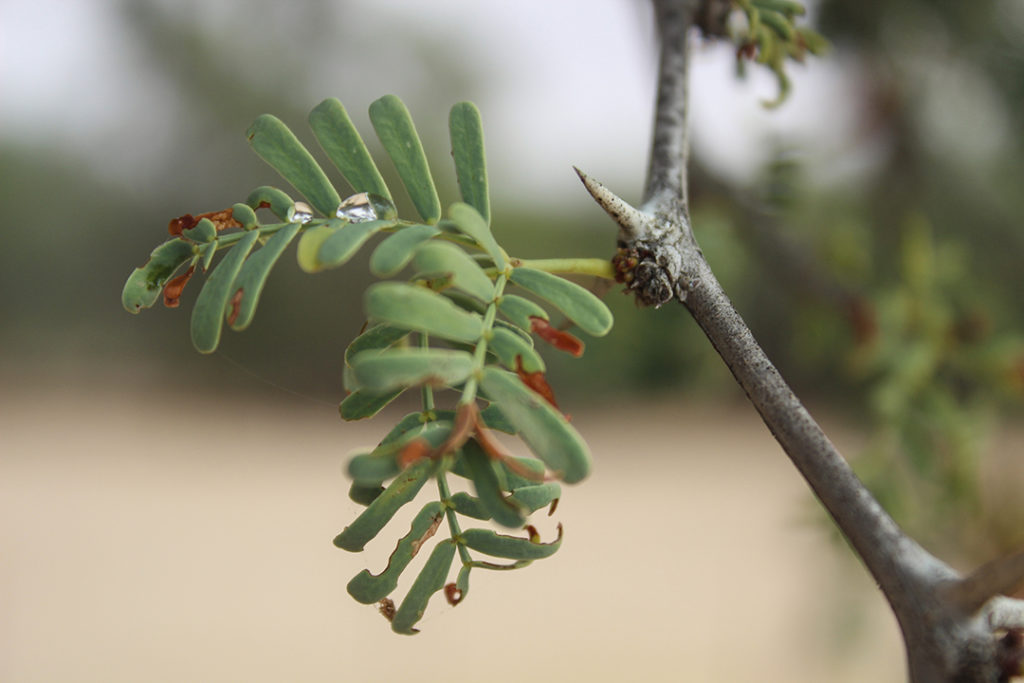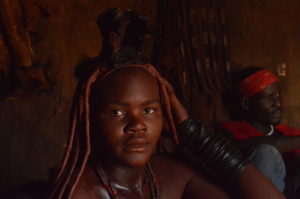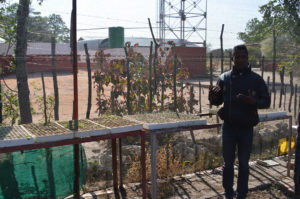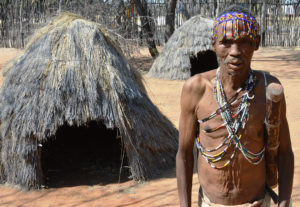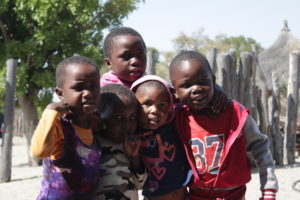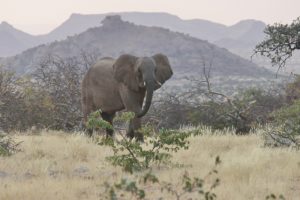“Who wants to study abroad?” That was one of the first questions I remember in Dr. Wash Jones’ agriculture class. I of course wanted the experience, but understood being a non-traditional student, there were limitations to my travel and finance that I had to realize were more important than traveling to Namibia. Not traveling to Africa would be the most understandable scenario; well that’s not me, I needed a challenge. I was described the most horrible sights from family and friends; even my husband who is from Senegal, West Africa warned me that I was not ready for what Namibia offered.
My husband was absolutely correct; I could not have imagined what I was going to experience in Africa. The Atlantic Ocean was never brought into the conversation when discussing Africa, to be more exact Namibia. Namibia is home to Swakopmund, which is right off the coast of the Atlantic Ocean. Swakopmund is a quaint little town, home of about 35-40 thousand inhabitants, that reminds me of Galveston, Texas without the combustion and meter parking that is now law along the Galveston coast.
Swakopmund has many things to offer when it comes to the small town, but just beyond the land there is Walvis Bay, which has become a very Globally Important Heritage System for the country. Our study abroad program was fortunate enough to see what grows and lives in the waters of this region of the world. Oysters, to my surprise are grown and harvested off the coast of Namibia and yes, I have tasted them; now I know what the Atlantic Ocean tastes like.
Oysters are grown in cages below the water for 15 months, where in the United States they are grown for about 30 months until harvested. The cool waters of the Walvis Bay have become an economic resource for the oyster farmers in Namibia. The oyster farmers have to lease the water space, just as land has to be leased in Namibia in order to start the farming process.
There are policies and procedure when it comes to the regulation of the oyster industry, also problems such as storms, red tides and poachers. Red Tides can be very costly, due to the high nitrogen levels in the water related to the toxic algae bloom, which can cost millions of N$ in loss to the farmers. As of today, oysters are growing in preparation for the next harvest and I was fortunate enough to experience this type of oceanic farming; which is so different from my agriculture experience back on the Prairie View A&M farm. The oysters were harvested the morning prior to our charter on the open water and served for lunch. In Houston, where I reside, I would enjoy oysters at Happy Hour when they are most inexpensive and make a horseradish, lemon and hot sauce mix in order to swallow whole.
Mr. Ernst our tour guide assured me I have been doing this wrong and told me to “loosen the oyster, slurp and chew to enjoy all the oyster have to offer.” These oysters were very different and fresh, I honestly tasted the Atlantic Ocean and hot sauce, I am from Texas so not everything needs to change. I can appreciate what has become a wonderful experience for me while appreciate this aspect of agriculture that as an agriculture economist in the making, there are so many more avenues that are available in my future career.
